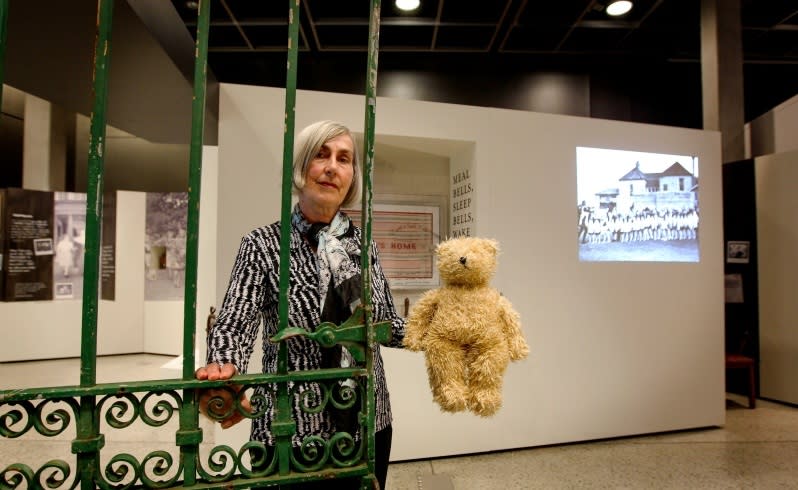Opening door on childhood abuse misery
Dolls perched neatly on rows of child-sized beds drew little suspicion to those visiting in the 1950s but the scene today is a chilling reminder of attempts to mask abuse at WA children's homes.
The photo taken at a Subiaco orphanage is one of a range of images uncovered by organisers of Inside, an exhibition revealing the sexual and physical abuse suffered by thousands of children in homes and institutions between the 1920s and 1980s.
The Federal Government-funded exhibition, now on at the West Australian Maritime Museum, follows the 2009 national apology to forgotten Australians and former child migrants.
Curator Jay Arthur said organisers hoped the confronting photos would make sure the stories of those abused would not be forgotten. "It's a tough and very moving exhibition," Dr Arthur said.
"I think everyone who was in the exhibition suffered a bit of trauma and a grief after hearing these stories."
She said one of the most upsetting stories from WA came from a child who had stayed at a Subiaco children's home where toys were rarely seen.
A child had told of how annual open days were the only time dolls were brought out from storage to be placed on beds for the benefit of visitors.
The child who had dared to take one for a cuddle had been violently beaten before the doll was placed gently into the box.
A WA man told of having to create the straps used for beating his fellow children's home residents in a Waterford home.
He recreated the strap as a record of the abuse he suffered.
An X-ray showing strips of lead and steel in the strap is in the exhibition.
"He talks about this incredible physical abuse," Dr Arthur said.
"When he was beaten doctors thought he'd been in a car accident.
"To have this X-ray, it's quite chilling."
Dr Arthur said the exhibition included stories from former child migrants and the Stolen Generation.
The exhibition Inside is on show until June 29. 'It's a tough and very moving exhibition.'" Curator Jay Arthur



